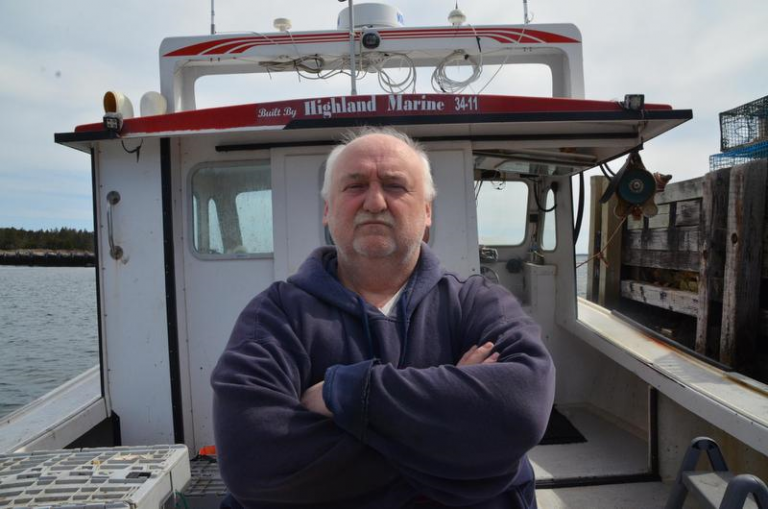That sky keeps on falling. Apparently the anti-fishing foundation funding doesn’t follow suit.
 Nils Stolpe, www.fishnetusa.com
Nils Stolpe, www.fishnetusa.com
July 3, 2017
“New research shows that industrial fisheries are responsible for dumping nearly 10 million tons of perfectly good fish back into the ocean each year—enough to fill 4,500 Olympic-sized swimming pools. This news comes at a time when nearly 90 percent of the world’s fish stocks are threatened by overfishing.” (Dvorsky, G., A Staggering Amount of Fish Is Wasted Each Year, Gizmodo.com, 6/27/2017) click here to read
This is from the latest bit of “fishing is ruining the oceans” alarmism, this time in a paper published in Fish and fisheries reporting on research funded by the Pew connected Sea Around Us (see http://www.pewtrusts.org/en/about/events/2014/the-sea-around-us-taking-stock-of-our-fish-oceans-and-people). click here to read
Sounds kind of awful, doesn’t it? Thousands of “Olympic-sized” swimming pools filled to the brim with dead and dying fish and shellfish, totally wasted and evidently rotting in the sun.
But as is so often the case, with a little bit of perspective the truth isn’t anywhere nearly as catastrophic as the anti-fishing claque would have you believe.
By the numbers, the area of the world’s oceans is 140+ million square miles. If the fish and shellfish in those 4,500 swimming pools were equally distributed in our oceans that would be 10 tons per140 square miles, or 1 ton (metric, I assume) per 14 square miles, or 157 pounds per square mile. A square mile being 640 acres, all of those swimming pools of supposedly wasted sea life would equal on the order of 4 ounces – a small sardine can – per acre of the world’s oceans.
Some stagger! Some crisis!
But then it’s apparent that a bunch of impressionable alarmist reporters who are “covering” this tempest in a sardine can aren’t aware of one of the most rudimentary facts concerning the world’s oceans and the organism’s in it, which is how quickly dead and dying critters become dinner for other critters. From the action around fishing boats when the crews are culling their catch, this transformation from dead or dying protein to living, swimming around protein happens awfully quickly. Food for dolphin and turtles and fish and shellfish, how wasteful is that?
And then there’s the contention that these are “nearly 10 million tons of perfectly good fish.” Perfectly good is one thing, saleable is another. Were those “perfectly good fish” saleable as well, they would be kept and then sold by the fishermen, ‘cause that’s what fishermen do. I wonder if anyone at Pew’s palatial digs in Philadelphia or DC has ever considered funding research into turning all of those swimming pools – or sardine cans – filled with fish into incentives to the fishermen to keep and sell them?
And finally, and most tellingly, they assume that fishermen are indifferent to unnecessarily killing critters they can’t use. From what I’ve seen and heard, nothing could be further from the truth. When you get right down to it, fishermen are as concerned with – if not more so –the health of the ocean ecosystems than your average citizen because that’s what their chosen way of life depends on. Besides that, every animal that gets caught inflicts wear and tear on the gear it was caught with, it wastes fuel and it wastes crew time in dealing with it. Bycatch, even if it amounts to only a sardine can per acre of ocean, is expensive to deal with and takes time and effort that could be invested in catching more saleable product.
For more in crisis mongering see Pew/Oceana’s latest exercise in crepe hanging (http://www.fishnet-usa.com/MorePew_OceanaCrepe.pdf) click here to read and going back to 2006, Full of sound and fury, signifying nothing at (http://www.fishnet-usa.com/then_now.pdf ). click here to read
That sky keeps on falling. Apparently the anti-fishing foundation funding doesn’t follow suit.












































